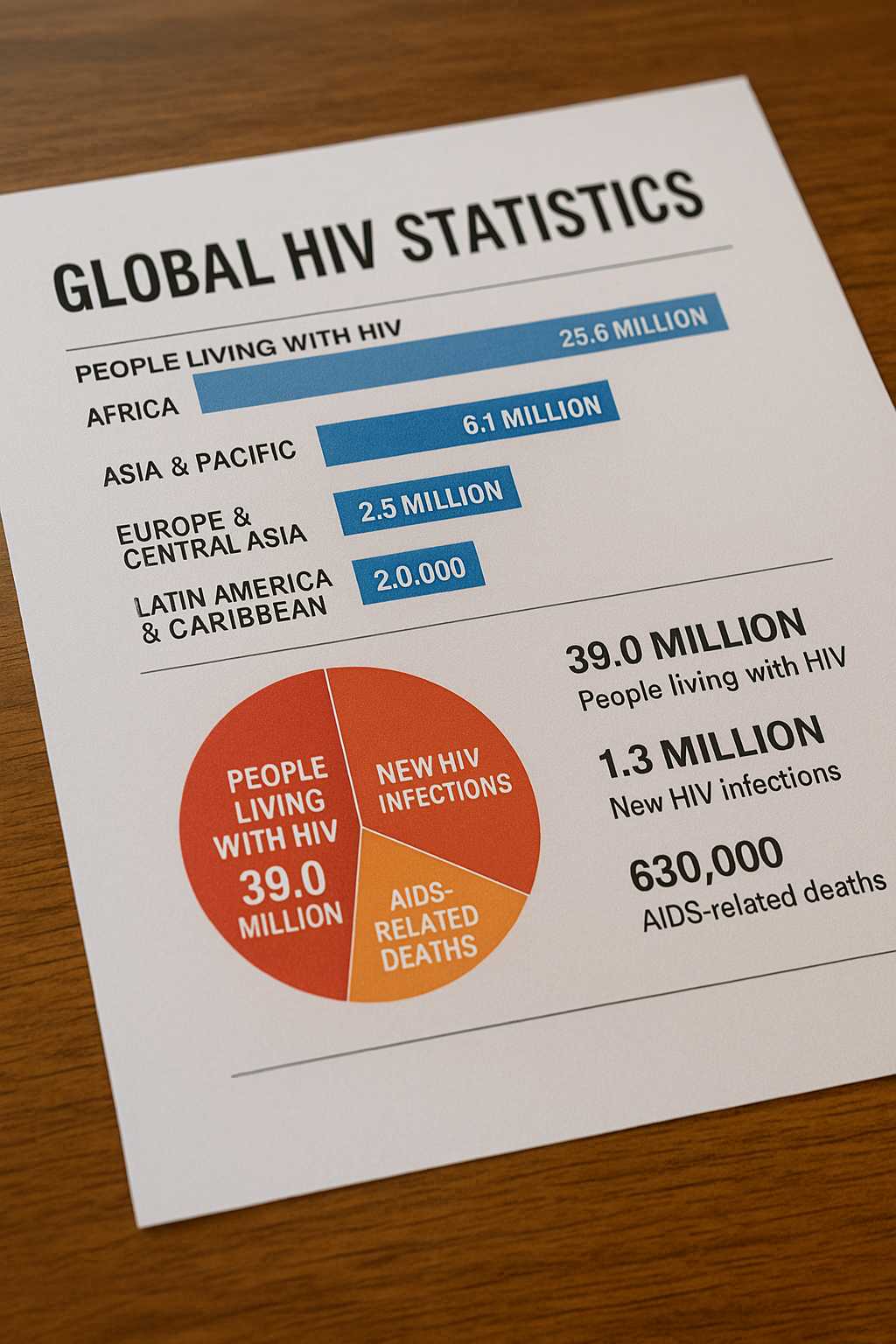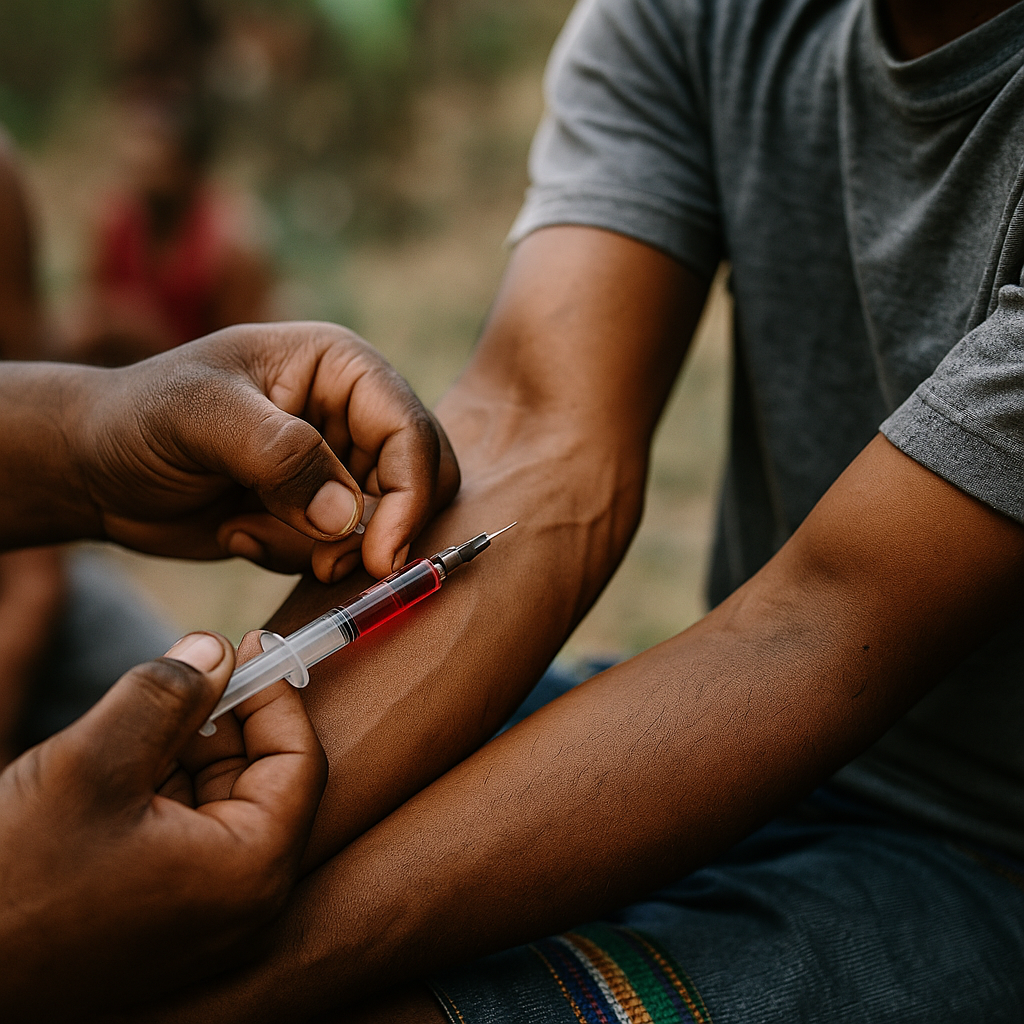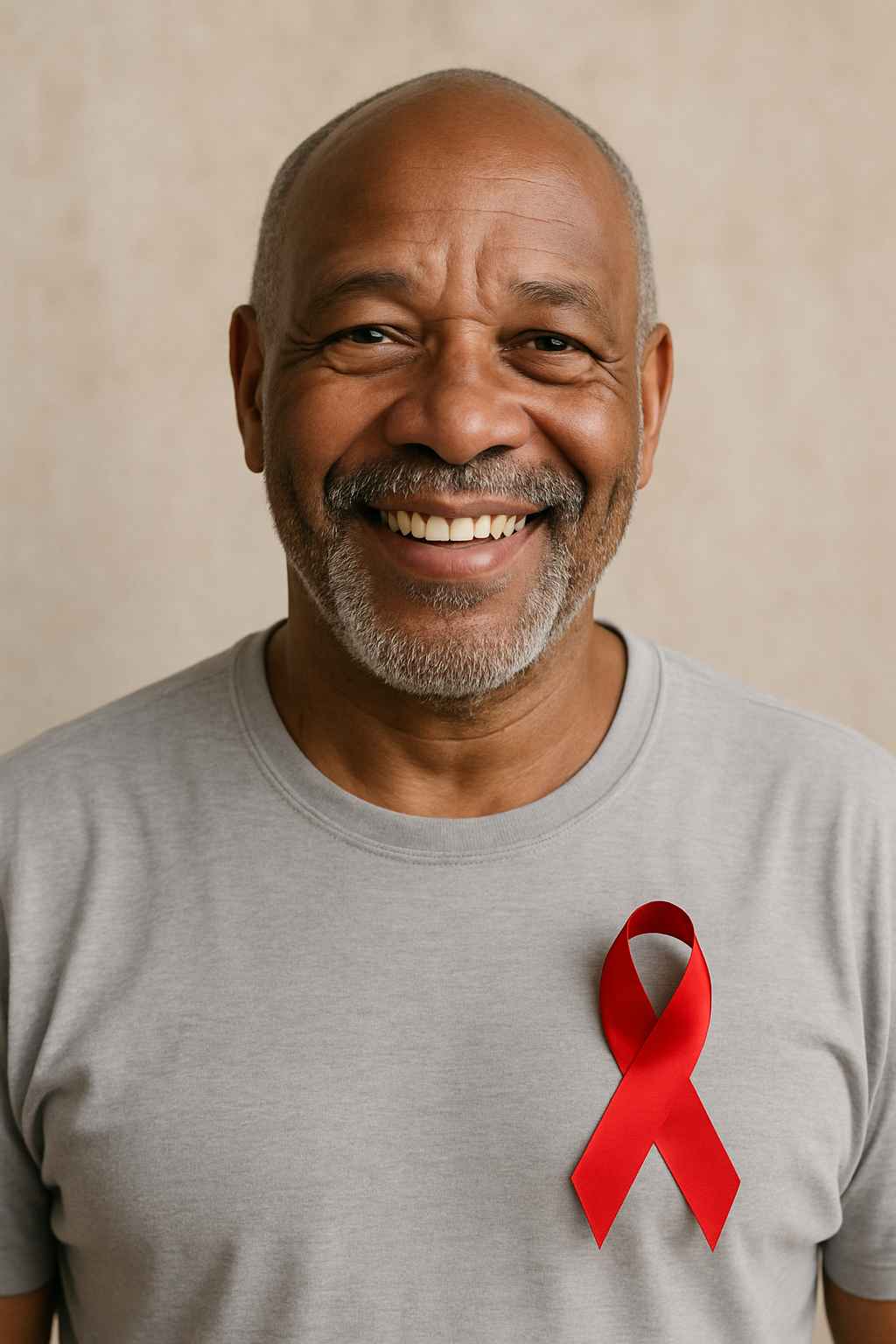What do HIV statistics actually reveal about our global progress—and setbacks—in fighting this epidemic? Understanding these numbers isn’t just about data. It’s about lives, communities, and global health strategies. From infection rates to treatment access, these figures tell a complex, evolving story of both success and ongoing challenges.
Table of Contents
- Global HIV Overview
- Regional Disparities in HIV Data
- HIV and Access to Treatment
- Why HIV Statistics Matter
- FAQs
- Conclusion
Global HIV Overview
According to UNAIDS, approximately 39 million people were living with HIV worldwide at the end of 2023. This includes adults, adolescents, and children. Despite massive efforts in awareness, prevention, and treatment, around 1.3 million new infections occurred that year. The data also shows that HIV-related illnesses caused about 630,000 deaths in the same period.
These figures reflect both progress and ongoing struggles. New infection rates have declined by 59% since the epidemic’s peak in 1995. However, the pace has slowed in recent years, with certain populations still being disproportionately affected.
For example, adolescent girls and young women in sub-Saharan Africa account for a significant share of new infections. Additionally, key populations—such as men who have sex with men, transgender individuals, sex workers, and people who inject drugs—continue to face high rates of HIV and limited access to services.
Regional Disparities in HIV Data
The HIV burden is not distributed evenly across the globe. Sub-Saharan Africa remains the most affected region, home to nearly two-thirds of all people living with HIV. In contrast, Western and Central Europe and North America show significantly lower prevalence but still face unique challenges in prevention and stigma reduction.
In Asia and the Pacific, new infections are on the rise in several countries, driven by social stigma and inadequate health outreach. Latin America also struggles with rising infections among key populations, despite having relatively high treatment coverage.
Data-driven regional strategies remain essential. Public health programs must adapt to local cultural, economic, and political contexts to be effective. International collaborations, such as PEPFAR and the Global Fund, are crucial in reducing regional disparities by funding prevention and treatment programs.
HIV and Access to Treatment
Access to antiretroviral therapy (ART) has expanded significantly in recent years. In 2023, over 29 million people living with HIV were receiving ART—representing about 75% of all diagnosed individuals. However, this still leaves millions without access to life-saving medications.
Treatment gaps are widest in low-income countries, where healthcare infrastructure is often under-resourced. Barriers include drug supply issues, healthcare worker shortages, and social stigma. Fortunately, efforts to expand access are ongoing, with organizations like Healthcare.pro offering support and education around HIV care.
Moreover, newer long-acting treatments and injectable therapies are showing promise in improving adherence and reducing transmission. These innovations are particularly beneficial for populations that face difficulty with daily pill regimens.
Why HIV Statistics Matter
Understanding HIV statistics isn’t just a scientific exercise. These numbers shape policies, direct funding, and help health professionals prioritize care. Without accurate data, it’s nearly impossible to measure progress or identify where help is most needed.
Data also plays a critical role in reducing stigma. Accurate information dispels myths and helps normalize testing, prevention, and treatment conversations. Public awareness campaigns that highlight statistics can motivate behavioral change and policy shifts.
Digital platforms are also revolutionizing the way statistics are shared. With tools like eHealthcare Solutions, public health campaigns can reach broader audiences, increasing visibility and engagement.
Conclusion
HIV statistics provide more than just numbers—they offer insights into our collective fight against a global epidemic. While significant progress has been made, especially in treatment access, gaps remain. Regional disparities, stigma, and prevention challenges continue to impact vulnerable populations.
By paying attention to these statistics, advocating for data-driven solutions, and supporting equitable healthcare access, we move closer to ending the HIV epidemic. The path forward depends not just on science, but on our global commitment to compassion, equity, and action.
FAQs
What are the latest global HIV numbers?
As of the end of 2023, about 39 million people were living with HIV, with 1.3 million new infections and 630,000 deaths that year.
Which region is most affected by HIV?
Sub-Saharan Africa carries the highest burden, with nearly two-thirds of all people living with HIV worldwide.
Are HIV infection rates increasing or decreasing?
Globally, rates have decreased since the mid-1990s, but progress has slowed and some regions are seeing new increases.
How many people have access to HIV treatment?
Around 29 million people were receiving antiretroviral therapy in 2023, covering about 75% of those diagnosed.
Why is it important to track HIV statistics?
Tracking helps shape effective policies, allocate resources, and reduce stigma by promoting accurate, transparent information.
This content is not medical advice. For any health issues, always consult a healthcare professional. In an emergency, call 911 or your local emergency services.




